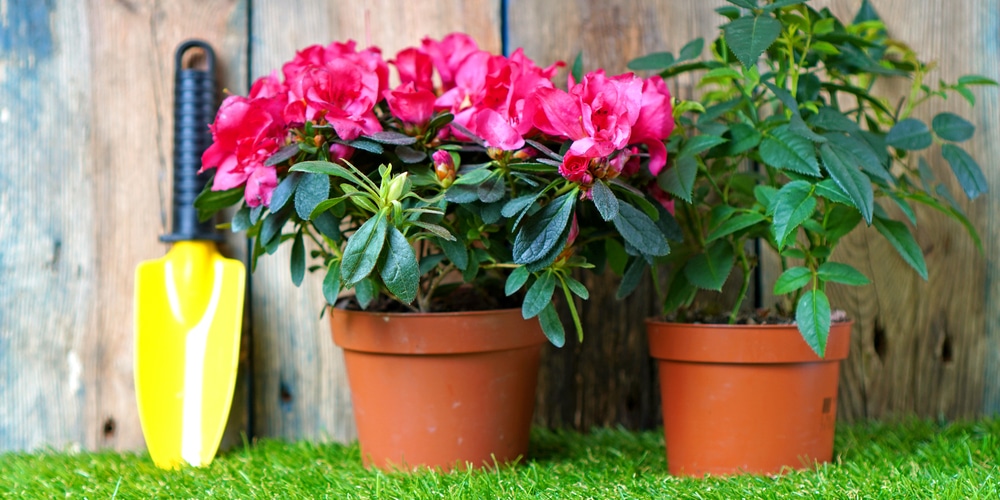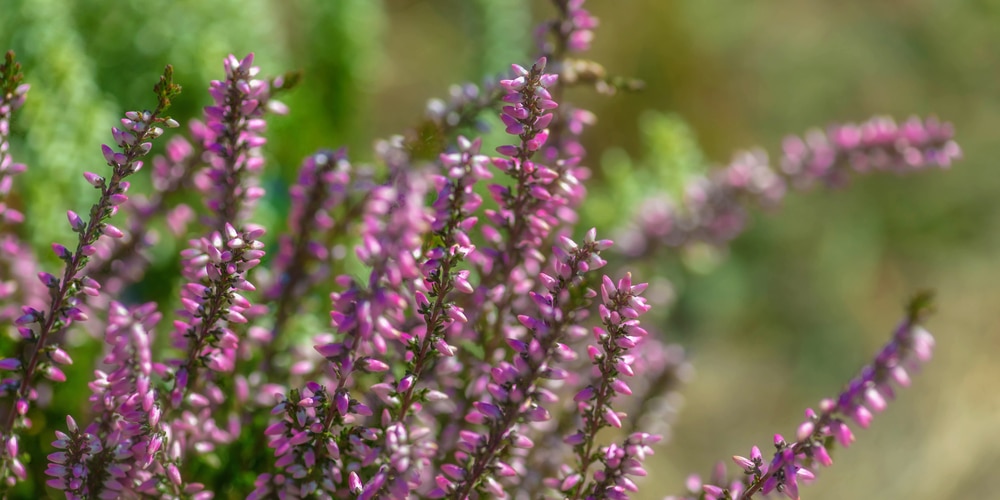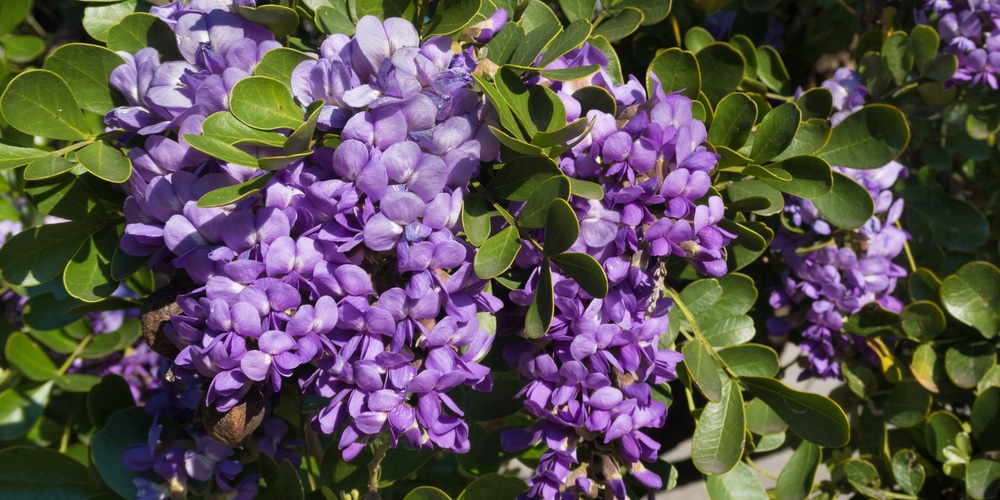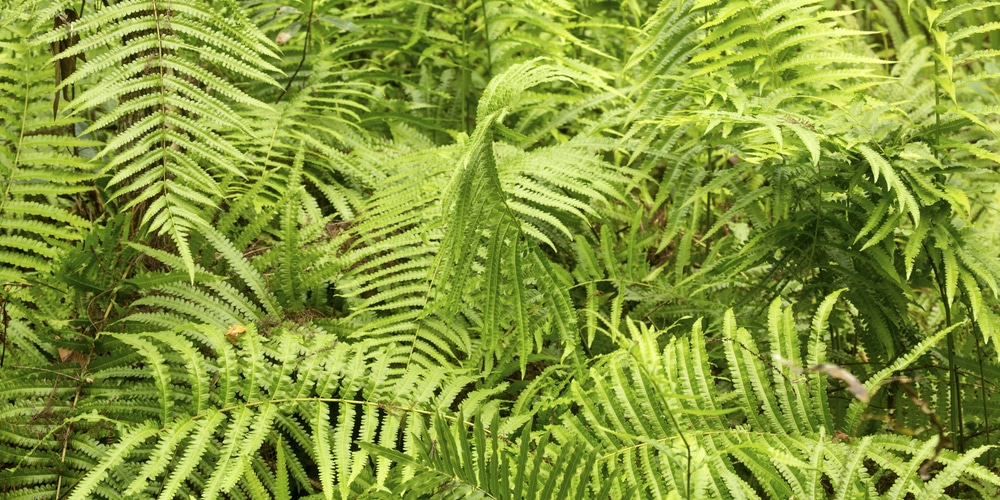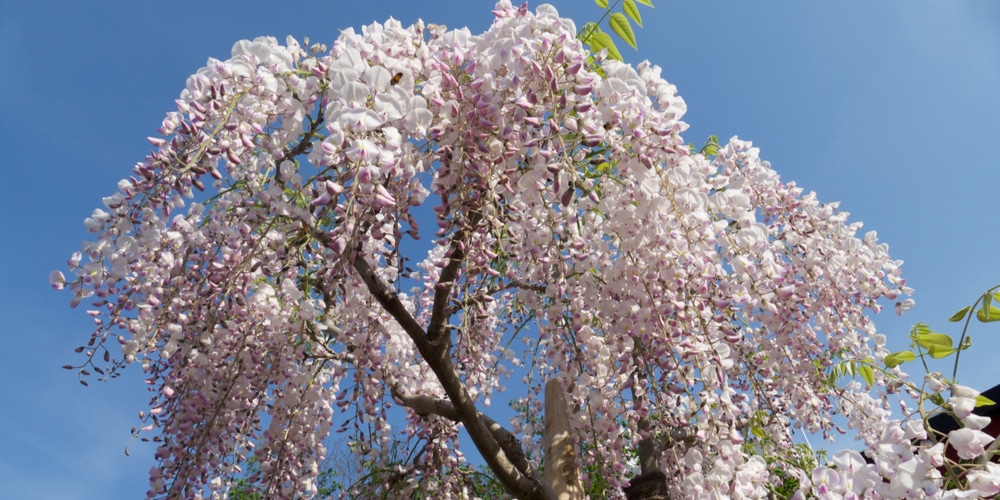Growing blueberries is an activity that requires some effort and patience. However, all the time you spend creating the right conditions and protecting the plant from diseases, and making sure it gets enough water and sun will be worth it in the end.
While you may have to wait as much as two years before getting some prosperous yield, you can expect to get as much as five years of production after the plant establishes itself in your yard.
Companion planting can make everything better by ensuring healthier growth to your plant, protection from some pests, and better nutrient absorption. While that may sound like a magic trick, choosing good blueberry companion plants is not as easy as it sounds. Some plants work best than others. Plus, you’ll need to understand your soil conditions and select plants that won’t interfere with your blueberry bush’s growth.
To make everything less challenging, we decided to put together an essential guide on the best companion plants for blueberries. Make sure you keep reading to find out which ones we recommend you add to your yard.
Good Blueberry Companion Plants
Finding plants that can live in mutual benefit with blueberries can be challenging. Indeed, these plants have acidic soil requirements and need lots of sunlight to thrive. Because of blueberries’ shallow root system, the perfect companions are plants that won’t interfere with their nutrient requirements.
While adding a companion plant is not mandatory for your blueberry’s health, it can be beneficial and might contribute to improving vigor and increasing yield. Choose plants that attract pollinators to improve the chances of your plants blooming and reproducing.
Here you’ll find a list of some of the best plants to add around your blueberry bushes.
Rhododendron and Azalea Shrubs
One of the best companions to blueberries is rhododendron shrubs. Not only do they thrive in similar conditions, but they will also look aesthetically pleasing together. Indeed, these flowers bloom when blueberries do, which will attract pollinators and create a stunning and colorful show in your garden. The same applies to Azalea. However, these flowering plants might need some shade during the warmer months. Take that into account if you live in a hot area.
Heather
Heather is a low-growing groundcover that displays white or purple flowers in the spring. They also thrive in acidic soil conditions and have similar nutrient requirements as blueberries do.
While adding them won’t require much effort from your side, it can make a difference in the looks of your blueberry plant and your garden’s overall aesthetics. Because of their herbal scent, they can also be an effective deterrent to pests.
Strawberries
Strawberries are the ideal companion plants to blueberries. They need plenty of sunlight during the day and prefer moist and well-drained soil. However, make sure you leave a good amount of space around the roots to prevent them from competing with each other.
Evergreen Trees
While it is best not to shade your blueberries from the sunlight too much, planting evergreen trees such as pine, spruce, and fir can help maintain the ideal acidic conditions in soil for them to thrive. Plus, if you live in a warm region, some protection from the harsh sun in the summer months might be beneficial. Consider getting a large evergreen to anchor your blueberry bush to it.
Thyme
Among the aromatic plants, thyme is one of the best companions to blueberries. The plant has an attractive look that matches the blueberry bushes’. Plus, thyme won’t compete with blueberries for nutrients and will act as a living mulch, regulating the soil temperature and retaining moisture.
The good news is that there are plenty of varieties you can choose from to select one that better suits your taste. Also, by planting thyme, you’ll get a consistent harvest of free spices to cook!
Cranberry Bushes
Cranberry bushes and blueberries have similar growth requirements and do very well close to each other. Both plants thrive in slightly acidic soil and will benefit from mulching to maintain moisture. Grouping them can be the first step in creating a berry garden.
Columbine
Another good option for companion planting with blueberries is columbine. This perennial produces pink, white, purple, or red flowers that can be a beautiful addition to your garden and will attract pollinators. And you know what the best part is?
Columbines are a favorite among people that like aesthetically pleasing plants but prefer not to spend too much effort maintaining them. Indeed, they are low-maintenance and have requirements similar to those of blueberry plants.
Mountain Laurel
If you live in a cold region, you may want to consider planting some mountain laurel next to your blueberry bushes. These plants will be a stunning complement to the leaves of blueberry plants and are relatively low-maintenance.
Fern
Fern is an underrated plant with a stunning aesthetic that will thrive near blueberries. They will provide a nice splash of green to the bushy blueberry shrubs. Plus, they won’t need much from you: if you give the proper care to your blueberry plant, you won’t have to do anything to ensure your fern will survive and thrive. These plants love moist soil and do well in acidic conditions. However, make sure you plant them in a shady spot.
Lilac Bush
This versatile shrub can be the ideal partner of blueberries: it blooms when blueberries do and attracts beneficial pollinators to your yard. Choose the pink and purple variety for a delicate splash of color.
Good Blueberry Companion Plants: Conclusion
As you may notice, you can select from several plants to facilitate your blueberry’s growth. However, make sure you pick a species that will survive in your weather conditions and make sure you take good care of it.
Blueberries are not challenging plants but have requirements that you’ll need to meet to allow them to thrive. Companion planting can be beneficial, but it is a practice that requires some knowledge about the conditions you can offer your plants. This essential guide should have helped you gain a better understanding.
Related article: Bad Blueberry Companion Plants

